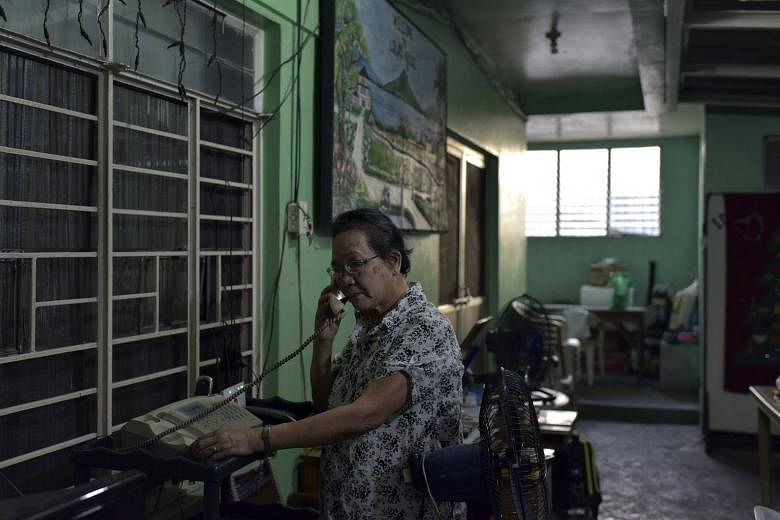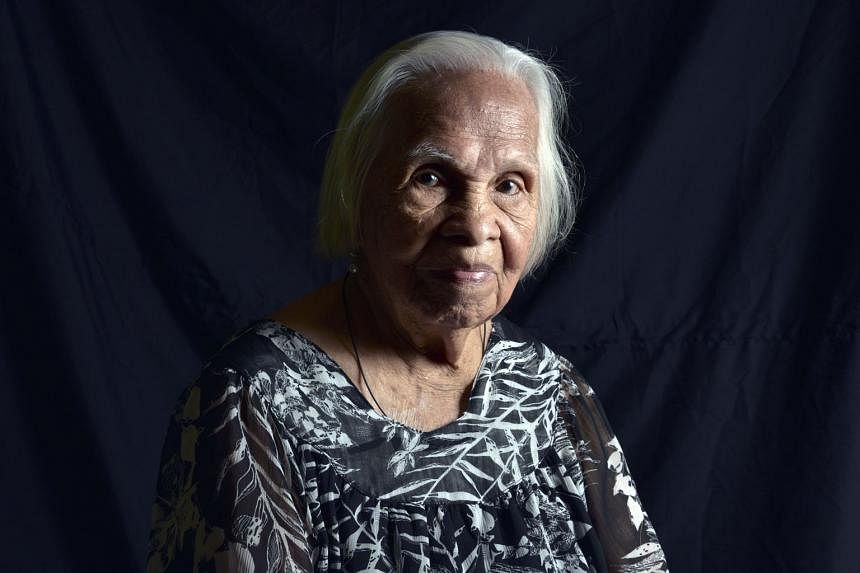MANILA • The 89-year-old woman stood in the broiling sun this week outside the Philippine presidential palace hoping to make a point.
Inside, the Emperor of Japan was being welcomed by local dignitaries, and the woman, Ms Hilaria Bustamante, wanted him to know her story.
She was walking along a provincial road in 1943, during the Japanese occupation of the Philippines, she said, when she was abducted by three Japanese soldiers who threw her into a truck and beat her. She was 16.
She was taken to a nearby Japanese garrison and put into a shack with three other women.
There, she washed clothes and cooked by day, and was raped by six or more soldiers every night. For 15 months.
"The Japanese government is responsible for what happened to me," she said. "I never told anyone except my mother about what happened to me. I was too ashamed. But now I want people to know."
The stories of women from Korea forced into sexual slavery by the Japanese military before and during World War II are notorious worldwide. Most of the estimated 80,000 to 200,000 or more sex slaves came from Korea, where the issue has been a festering national trauma that has long hindered relations with Japan.
But the women, euphemistically called comfort women, came from other places as well, with Japanese-occupied countries - including China, Korea and the Philippines - providing the majority.
Researchers in the Philippines say that more than 1,000 girls and women in the country were sexually enslaved by the Japanese during World War II. About 70 are still living.
Last month, Japan offered a formal apology and a US$8.3 million (S$11.8 million) payment to the Korean women who were forced into sexual slavery.
But the Japanese government has offered no official apology or compensation to those from the Philippines and elsewhere.
"The Japanese government did something for the women in Korea. Why can't they do something for the women here?" said Ms Rechilda Extremadura, the executive director of the League of Filipino Women, an organisation of former World War II sex slaves.
A handful of surviving comfort women, those who were able, staged several quiet protests this week during a five-day state visit by Emperor Akihito.
During his meeting with Philippine President Benigno Aquino, the Emperor expressed remorse for the atrocities of the Japanese military during World War II, but he did not specifically mention the victims of sexual slavery.
Ms Bustamante said: "I was happy for the Emperor's visit because I thought he could bring justice for us. But he never mentioned us."
NEW YORK TIMES


